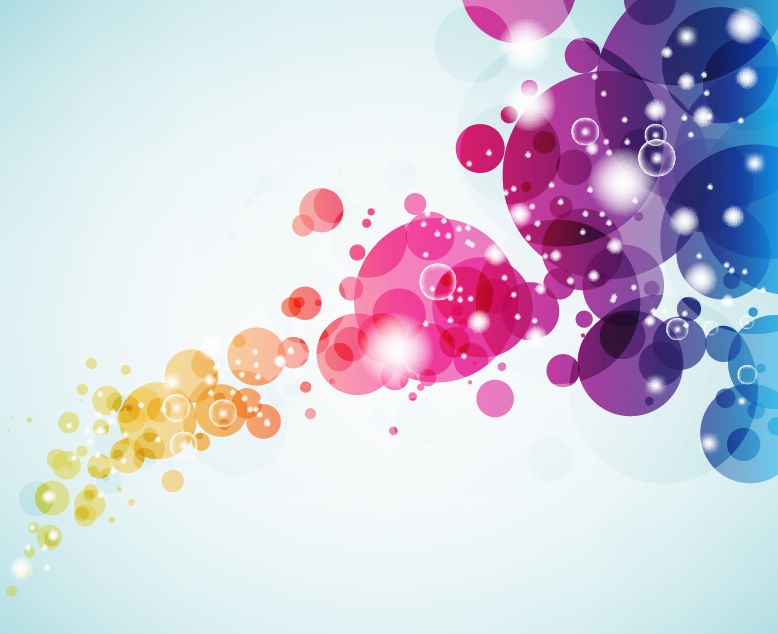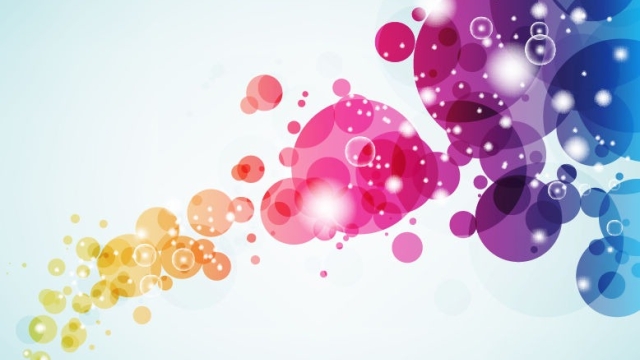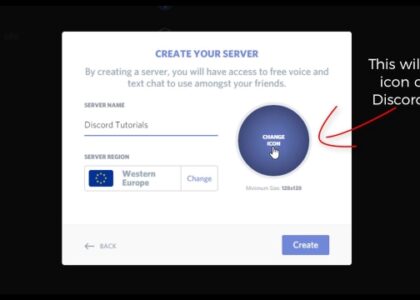In today’s digital era, the worlds of graphic design and software development are increasingly intertwining, creating exciting opportunities for those who can blend creativity and code. These two fields, once seemingly distinct, now intersect in a dynamic way, enabling designers to harness the power of technology and developers to incorporate aesthetic elements into their coding. As technology continues to advance at a rapid pace, it becomes crucial for both graphic designers and software developers to understand and appreciate the interconnected nature of their crafts.
Graphic design, with its focus on visual communication and aesthetic appeal, has long been recognized as a crucial aspect of marketing, branding, and user experience. It involves the creation of stunning visuals, typography, and layouts that capture attention, convey messages, and evoke emotions. Software development, on the other hand, revolves around writing, testing, and maintaining code to build applications, websites, and other digital products. It requires a strong understanding of programming languages, algorithms, and problem-solving skills.
The synergy between graphic design and software development presents an exciting realm of possibilities. A graphic designer armed with coding skills can bring their creative concepts to life, using interactive elements and animations to enhance user experiences. Similarly, a software developer who possesses an eye for design can optimize the visual appeal of their products, making them visually engaging and easy to navigate. By merging these two domains, professionals can create immersive digital experiences that not only look visually stunning but also function seamlessly.
In this article, we will delve into the world where graphic design and software development intersect, exploring the parallels, synergies, and existing frameworks that can help enthusiasts navigate this exciting field. We will provide valuable insights and practical guidance, serving as a comprehensive guide for both graphic designers looking to expand their coding skills and software developers seeking to incorporate design principles into their projects. So, whether you are a designer intrigued by the world of programming or a developer eager to enhance your visual prowess, join us as we navigate the fascinating landscape where creativity and code converge.
The Role of Graphic Design in Software Development
Graphic design plays a crucial role in software development, bridging the gap between aesthetics and functionality. It is the art of creating visual communication that not only captivates users but also enhances their overall experience. In the world of software development, graphic design guides the way we perceive and interact with digital interfaces, making it a vital component in creating visually appealing and user-friendly software.
First and foremost, graphic design in software development focuses on creating a visually stunning user interface (UI) that grabs attention and engages users from the start. Through the careful placement of elements, choice of colors, and typography, graphic designers can create a UI that not only looks attractive but also helps convey information effectively. By incorporating principles of composition and visual hierarchy, they can guide users’ attention to the most important elements and actions within the software.
Furthermore, graphic design ensures consistency throughout the software. Consistent visual elements, such as icons, buttons, and menus, not only make the software visually appealing but also assist users in navigating and understanding the interface more easily. By using consistent design patterns, graphic designers empower users to quickly learn and utilize the software without confusion or frustration.
Lastly, graphic design enhances the user experience by focusing on usability and accessibility. Designing with the end-user in mind, graphic designers strive to create interfaces that are intuitive and easy to navigate. They consider factors such as user flow, information hierarchy, and accessibility guidelines to ensure that the software is enjoyable and inclusive for all users.
In conclusion, graphic design is an essential aspect of software development that combines artistic flair and technical expertise. It guides the creation of visually captivating and user-friendly interfaces, ensuring that software not only looks appealing but also functions seamlessly. By blending creativity and code, graphic design plays a pivotal role in shaping the digital experiences we encounter in our everyday lives.
The Role of Software Development in Graphic Design
In today’s digital age, graphic design has moved beyond mere pen and paper. As technology continues to advance, the role of software development in graphic design has become increasingly vital. Software tools and applications now play a crucial role in empowering graphic designers to bring their creative visions to life.
One of the key aspects of software development in graphic design is the creation of design software that caters specifically to the needs of designers. These software programs provide a wide array of features and functionalities that enhance the design process. From vector editing tools to advanced color palettes, developers have integrated various elements to ensure designers have the necessary resources at their disposal.
Moreover, software development has greatly affected the efficiency and productivity of graphic designers. With the introduction of automation and optimization techniques, developers have managed to streamline various design tasks. This allows designers to focus on their creative abilities rather than being bogged down by repetitive or time-consuming processes. Additionally, software developers strive to continuously update and improve these tools, ensuring that designers can stay ahead of the curve in an ever-evolving industry.
The synergy between graphic design and software development is paving the way for groundbreaking design possibilities. Through the collaboration of designers and developers, innovative concepts are being brought to life. Whether it’s building interactive user interfaces, developing augmented reality experiences, or creating immersive animations, software development has expanded the boundaries of graphic design, pushing the limits of creativity like never before.
In conclusion, the role of software development in graphic design is instrumental in shaping the industry and empowering designers. The integration of software tools and technologies has revolutionized the way graphic design is approached, enhancing both the efficiency and creativity of designers. With this harmonious blend of creativity and code, the future of graphic design looks exceptionally promising.
Collaborating Effectively: Tips for Graphic Designers and Developers
Collaboration between graphic designers and software developers is crucial to create successful projects that effectively blend creativity and code. The partnership between these two disciplines can result in innovative and visually appealing digital solutions. Here are some tips for graphic designers and developers to collaborate effectively:

Open and Transparent Communication: Clear and open communication is key to a successful collaboration. Graphic designers and developers should regularly engage with each other to discuss project requirements, share ideas, and address any challenges that arise. By maintaining transparency throughout the process, both parties can ensure they are on the same page and working towards a common goal.
-
Understanding Each Other’s Roles: It is essential for graphic designers and developers to have a basic understanding of each other’s roles and responsibilities. Graphic designers should familiarize themselves with coding concepts, while developers should have an appreciation for design principles. This mutual understanding allows for better collaboration, as both parties can work together to find the best solutions for the project.
-
Adaptability and Flexibility: Collaboration often requires compromise and flexibility. Graphic designers and developers should be open to feedback and willing to make adjustments to their work. Being adaptable and open-minded allows for a smoother collaboration process, where ideas can evolve and improve through constructive input from both sides.
By following these collaborative tips, graphic designers and developers can create harmonious working relationships, leading to the successful integration of creativity and code in their projects.






